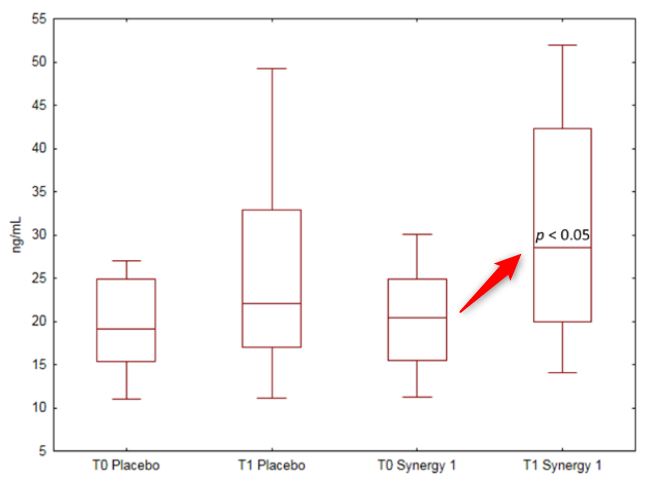Prebiotics increased Vitamin D in celiac disease patients (gut-friendly Vit. D also helps) – RCT
Beneficial Effect of Oligofructose-Enriched Inulin on Vitamin D and E Status in Children with Celiac Disease on a Long-Term Gluten-Free Diet: A Preliminary Randomized, Placebo-Controlled Nutritional Intervention Study.
Nutrients. 2018 Nov 15;10(11). pii: E1768. doi: 10.3390/nu10111768.
Drabińska N1, Krupa-Kozak U2, Abramowicz P3, Jarocka-Cyrta E4.
📄 Download the PDF from VitaminDWiki

Prebiotics have been shown to improve absorption of some nutrients, including vitamins. This pilot study evaluated the effect of the prebiotic oligofructose-enriched inulin (Synergy 1) on fat-soluble vitamins status, parathormone, and calcium-related elements in pediatric celiac disease (CD) patients (n = 34) on a strict gluten-free diet (GFD). Participants were randomized into a group receiving 10 g of Synergy 1 or placebo (maltodextrin) together with a GFD. At baseline and after 3 months of intervention, 25-hydroxyvitamin D [25(OH)D], parathormone, vitamin E and A, calcium, phosphate, magnesium, total protein, and albumin were determined. Concentration of 25(OH)D increased significantly (p < 0.05) by 42% in CD patients receiving Synergy 1 in GFD, whereas no change was observed in placebo. Vitamin D status reached an optimal level in 46% of patients receiving Synergy 1. No significant difference in parathormone, calcium, and phosphate levels was observed. Concentration of vitamin E increased significantly (p < 0.05) by 19% in patients receiving Synergy 1, but not in the placebo. Vitamin A levels were not changed.
Supplementation of GFD with Synergy 1 improved vitamin D and vitamin E status in children and adolescents with CD and could be considered a novel complementary method of management of fat-soluble vitamins deficiency in pediatric CD patients.
